Wow, it's round 10 already of this contest! The theme for this one is Beak/bill... and a lot could be said about this. Skip the small intro if you just want to see photos! 😁
Beaks are actually bony projections covered in horny keratin called rhamphoteca; the maxxilar part (upper part) is called rhinoteca, and the mandibular part (lower part) is called gnathoteca. Some beaks have a fleshy area around the nares, that is only present in owls, parrots and pigeons.
Beaks evolved to different shapes and sizes, depending on the feeding habits and funcions performed by the different species. For the birdwatcher, looking at the beak can already give us some clues about what type of bird are we seeing, or what kind of food does he it... or even the sex! For instance, in the budgerigar, Melopsittacus undulatus, the color of the cere indicates the sex of the bird: blue on males, brown on females.
Birds of prey have strong, sharps beaks, adapted to hunt and dissect their food:
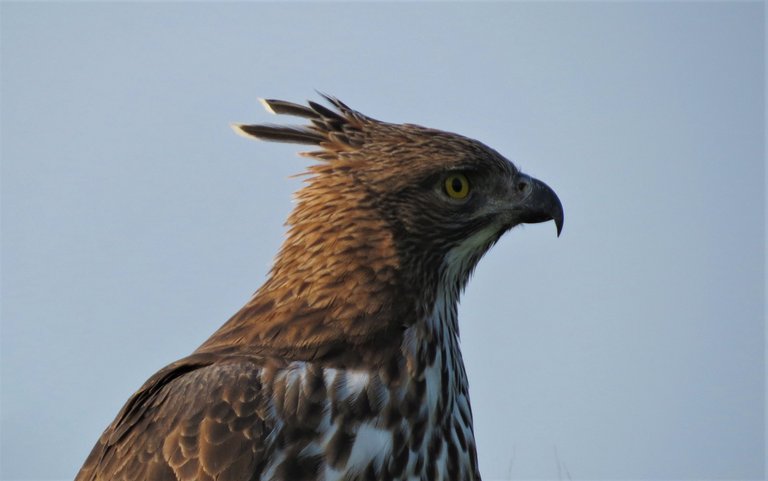

They do look different, but it is the same species; changeable-hawk-eagles have two distinct colour patterns, and I was fortunate enough to see them both in less that 10 minutes apart!
Vultures can kill prey too, but they're normally scavengers; in this species for instance, the beak is more elongated, less pointy, more adapted to take bits of food from a carcass.
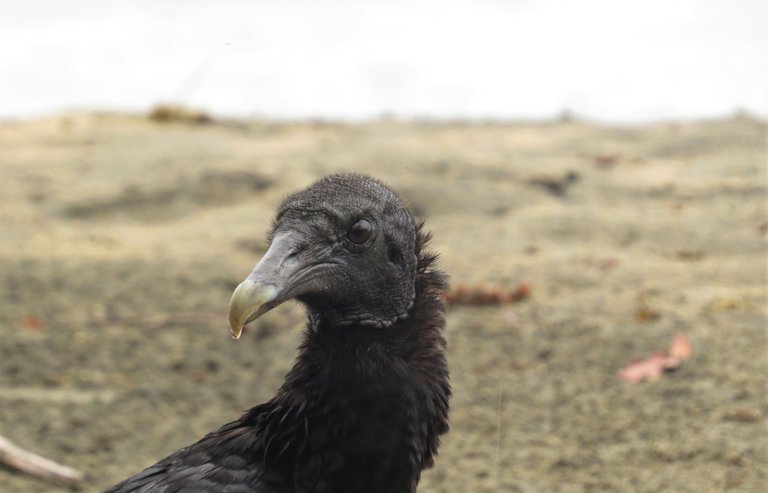
Note how mother nature is clever: lack of facial feathers, so they can easily dive head deep in a carcass!
Hummingbirds for instance, need long and thin beaks, in order to feed from the nectar inside the flowers; another example of specialization.
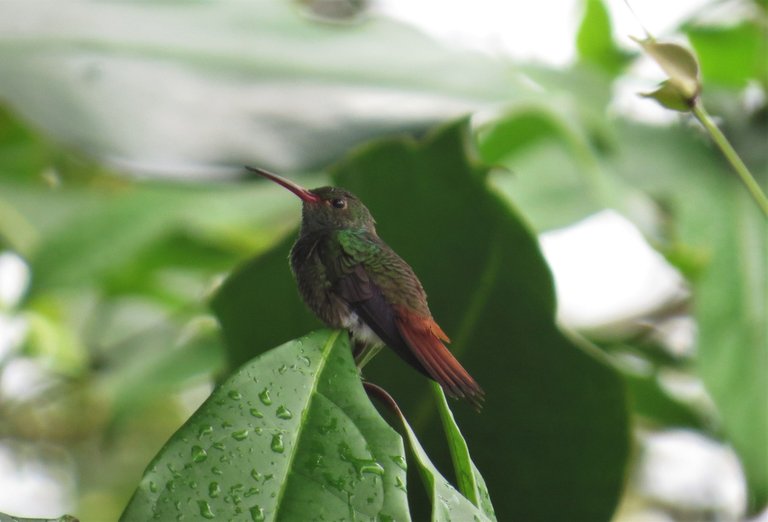
And if you saw this next bird, could you guess what kind of food he eats?

I don't know the species of this one; but it has a small, conic beak. It couldn't search for nectar for sure; and it would probably have a hard time hunting bugs, at least to make them a major part of its diet. But it's perfect for eating and breaking seeds! So with that knowledge, you could narrow the list of possible species a bit.
Some beaks are very characteristic, and you can identify the species almost by looking at the beak solely.

A few more bird species have an upward beak, but seeing one this upward, you can be almost sure you're looking at an avocet! So it will be easy to determine the species.

Parrots have a strong beak, since it's also used for a variety of funtions, not only for feeding; climbing, for instance.

Notice the pale cere on this little one.
Water birds also have adaptations on the beak, to better suit their feeding habits; notice the serrated margin on this goose's beak.
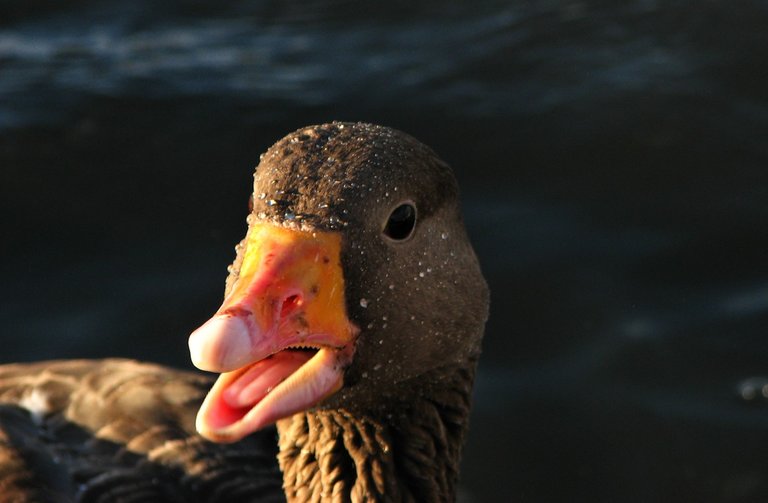
There are so much more examples of adaptations and diferent shapes: the strong pointy beak of woodpeckers, the exaggerated size of the beak of a toucan, even stranger shapes like the the spoonbill. But every one will have its purpose: that's the beauty of nature! And for the final photo, an amazing face to go with the beak:
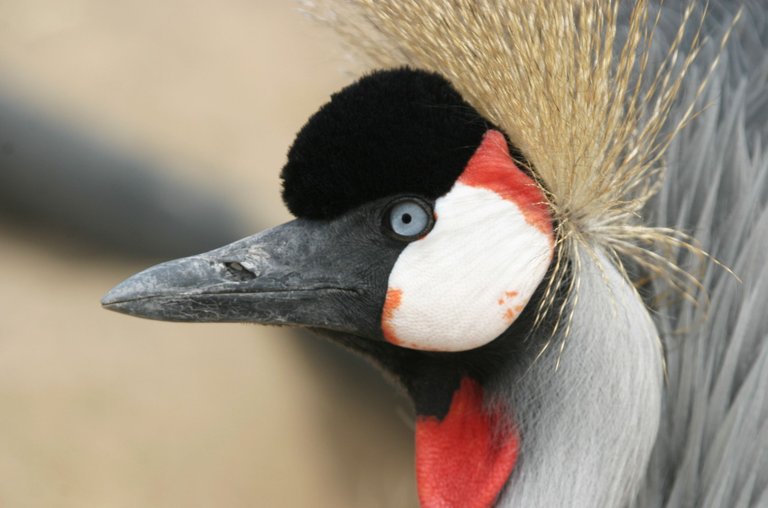
Happy Birding!


Still haven't joined Splinterlands? In what planet do you live in? Click the banner below and join the fun! (It has my referral link; you can go directly to the website if you don't want to use it; either way... join in! 😎 )

Really awesome shots!
@tipu curate 2
Upvoted 👌 (Mana: 90/150) Liquid rewards.
Thank you!!
Fantastic images of so different beaks!
It is true that beaks can help a lot to identify the birds and they definitely show for what kind of food are developed.
True! Details can help a lot in species identification. Thanks for all the great ideas for the contest, it's being so fun!
Wonderful information on beaks and bills, I've learned and enjoyed the photos that went along with it, excellent job!
Thank you! I like to share information, just have to refrain myself so the post doesn't get too technical! ;)
Thank you!
This must be the most impressive photo collection of beaks I have ever seen :D Great job mate!
My pleasure to share them; thanks for the visit! ;) !BEER
Little species you don't know looks so very much like the lady Whydah bird we have in our garden, would be interesting to know where this was photographed.
Wow what a collection of beaks, I limited myself to six since the show could go on indefinitely and each an amazing entry @pardinus
@tipu curate
It could be a female lady wydah, just checked! Thanks! The photo was taken in São Tomé, an african island. I do have to refrain myself with the photos, I could make this post huge with eveything I wanted to include. ;)
that grey crowned crane photo was great. what a bird
Thank you for the visit! ;)